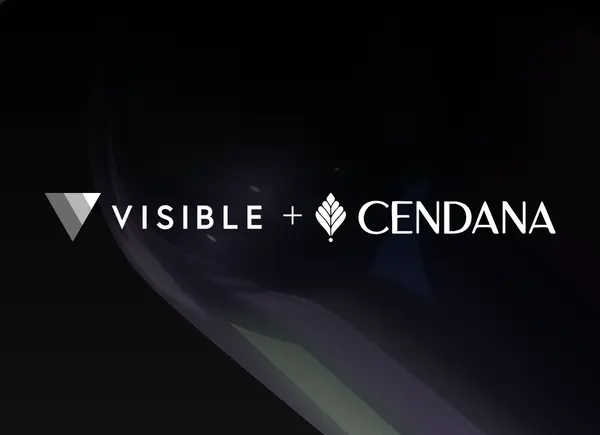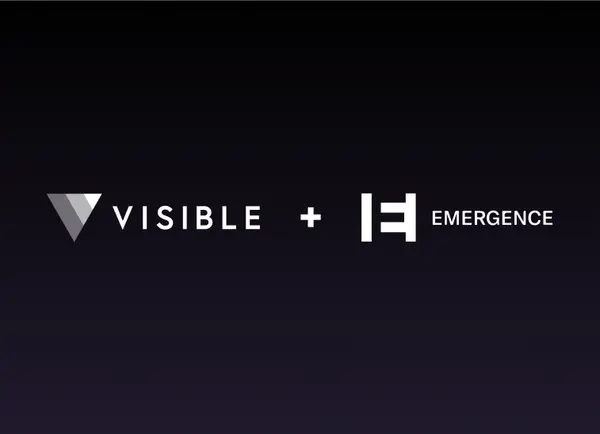With the number of places available to gather information on how VCs invest – Mattermark and CB Insights on the paid side, Crunchbase and Angelllist for the burn conscious – it is no longer difficult to understand who you should be trying to raise money from.
Want to know who most prolific early stage FinTech investors are, for example? LMGTFY…the first result from CB Insights gives you a good starting point. Great! So it looks like 500Startups is very active in the space but they are a big firm, who should I be reaching out to there? Well…a second Google search might lead to something like this.
That was easy. It took me longer to write that last paragraph than it did to find a firm that may be interested in what I am working on and a partner at that firm that may be into what I am building. So why can raising capital be such a difficult and time consuming process, even for companies on a strong growth trajectory?
Put simply, it is because most founders haven’t given enough thought to what is behind each individual investor’s thesis. Go to any VC website and it is not hard to find out what their (publicly-facing) framework for making investment decisions looks like. Some of these theses are actually very interesting reads (Union Square Ventures, NeuVC, and OS Fund come to mind).
But if you have had the opportunity to speak at length with any successful investor, you will quickly come to find that what they are really looking for — beyond the eloquent “What We Invest In” essays used to make journalists fawn and LPs open checkbooks – is a combination of a good product, a highly functioning team, and a large, growing market. Mark Suster has written about this before, and so have many others.
Start with knowing where they start
As a founder, you are competing daily for two things – capital and talent. Raising money means selling your company in a way that puts you at a competitive advantage against other startups a VC could back. One of the quickest ways to build this advantage is by understanding which of the three aforementioned decision factors play the largest role in your target investor’s process. You need to know this before the first call or meeting. Instead of “here is what we do, are you interested?” switch the context to “here is why we are a perfect fit for your thesis.”
Make it easy for them to fit you into their existing mental framework of how they want to invest instead of forcing them to do all the work to organize their own thinking around your company. Remember, VCs need to sell too. They need to convince their partners that adding your company to the portfolio will have a positive impact. They also need to defend their investment decisions to LPs, often on a quarterly basis.
Build an investor interest profile
As capital has poured into the system, making money a commodity (side note, that post is from 2000…what’s the phrase, “history doesn’t repeat itself, but it rhymes”?) many VCs have gone on the offensive in order to gather attention and court the best companies. This means a larger social media presence, frequent blog posts, and more interviews. Use this to your advantage by studying what they say and trying to determine which factors loom largest in their decision making.
Marc Andreessen, for example, sees market as the determining factor in a company’s success or failure. In a different post than the one noted above, Upfront’s Mark Suster trumpets team as the most important factor in a VC’s decision of whether to investor or to pass. If you are fortunate enough to get an audience with one of the Marc/ks, lead with market and team respectively. Search further (I’m done Googling for you!) and you’ll find plenty of investors who base decisions first and foremost on whether a company’s product stands out amongst its competition.
Additionally, leverage the information your peers are putting out into the market. Funding announcements come fast and frequent these days (StrictlyVC and Term Sheet are good ways to keep up. So is Mattermark’s free iPhone app) and are often accompanied with quotes from CEOs and founders around the future of their businesses. The narrative put forth in these funding posts (ahem, press releases) are likely the same ones they used to court and close their investors. Go through enough announcements for companies your target investors have backed and you can build a very detailed profile of what they care about.
Want to go a step further? Reach out the CEOs who just closed the round. They’ll probably be happy that your inquiry isn’t another terrible sales pitch and will be open to help since they know first hand the challenges you are up against.
Raising capital isn’t a spray and pray endeavor. It also doesn’t operate on the self service model. Even at the seed stage closing a round of funding is a high-touch, big ticket sale where relationships need to be built and nurtured. Any company that closes a round from top investors must have some degree of competence in all three of the main decision-making factors (product, market, team). The ones who do it most efficiently know which areas they excel and which of those factors matter to each and every investor they take the time to meet with.




